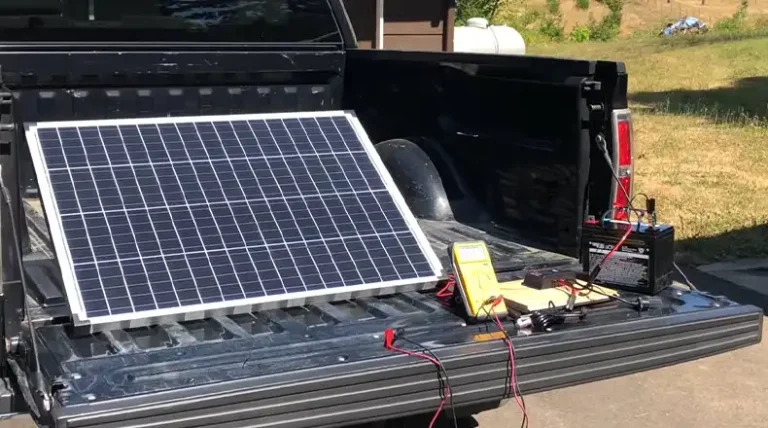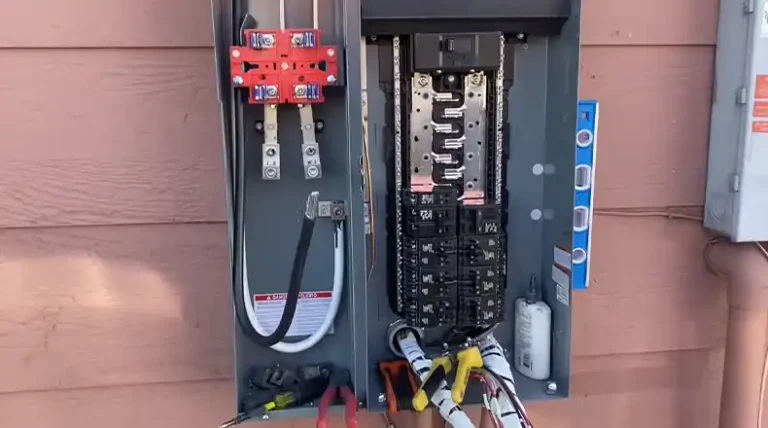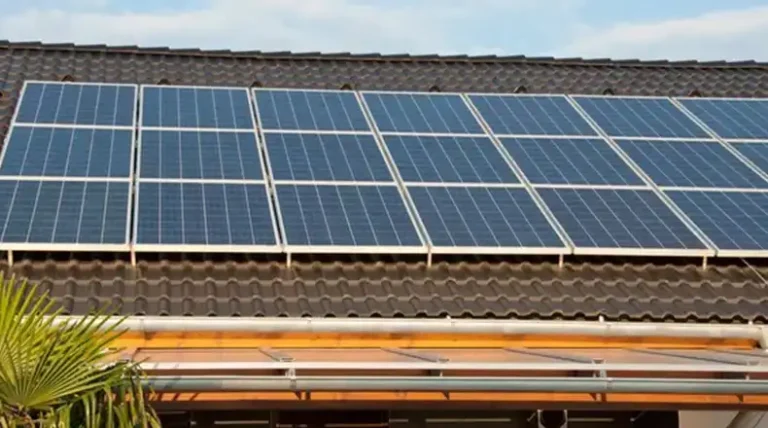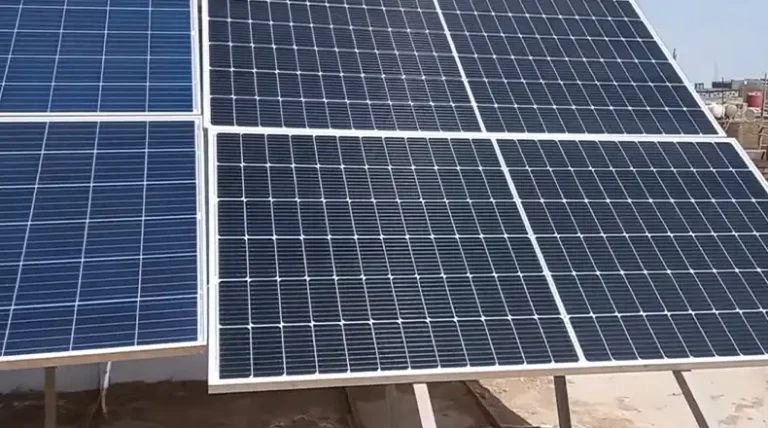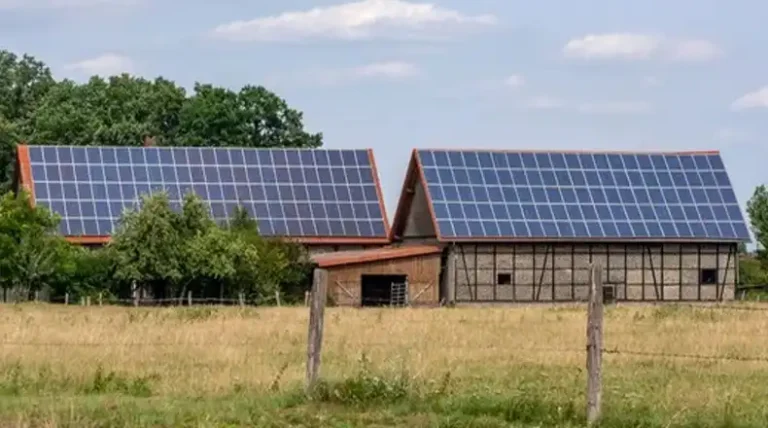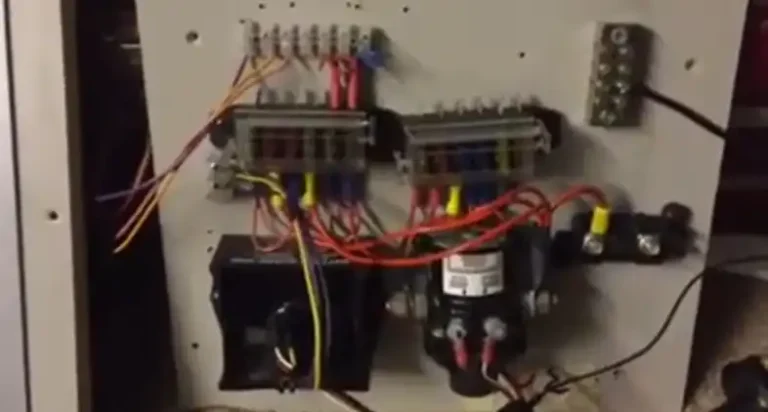Midi vs Mega Fuses: Key Differences for Solar Applications
With over a decade designing solar installations, I’m intimately familiar with the intricate dance between panels, wires, and the unsung heroes allowing it all to operate safely: fuses. But while most users recognize traditional “small appliance” fuses, they’re often confused regarding the specific differences between two more heavy-duty varieties prevalent in PV systems – midi and mega fuses.
While they both blow up heroically to prevent equipment meltdowns, understanding midi and mega fuses’ distinct capabilities and ideal usage cases remains crucial for solar pros. Selecting the properly rated fuse prevents nuisance outages while still protecting against genuine long-term overloads or violent short circuits.
In this definitive guide, I’ll explore everything setting midi and mega fuses apart, from subtle construction variances allowing each to optimally defend different solar components, to cost considerations making each suitable in specific scenarios. Let’s banish confusion by shedding light on these two critical guardian angel fuse classes to keep your renewable energy flowing reliably!
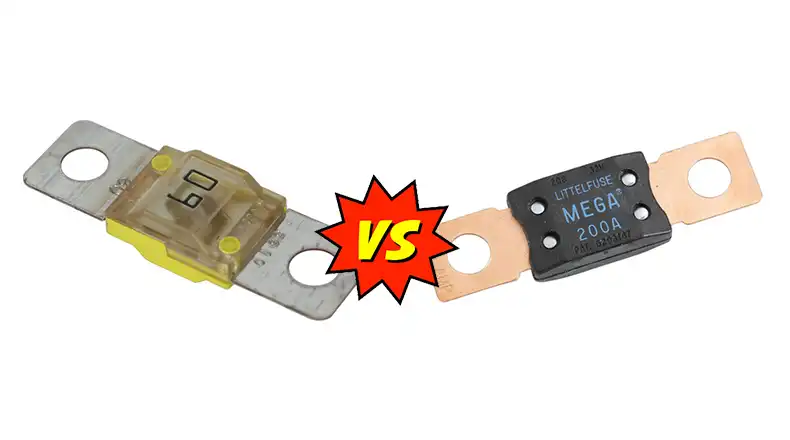
Midi and Mega Fuses: A Brief Introduction
As the names suggest, midi and mega fuses occupy a tier between standard light-duty fuses and massive industrial breakers in capabilities, typically rated anywhere from around 15 up to 100+ amps. They come in an array of standardized cartridge shapes like low-profile “ATC” models frequently seen in in-vehicle applications.
Both midi and mega fuses defend against overcurrents from either sustained equipment overloads or violent spikes caused by rogue rodents wreaking havoc on wiring. The key differences lie in exactly how MUCH current each is designed to handle based on intended applications.
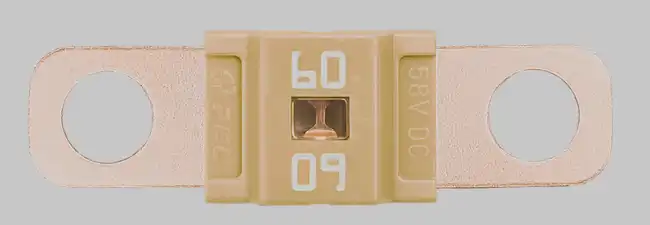
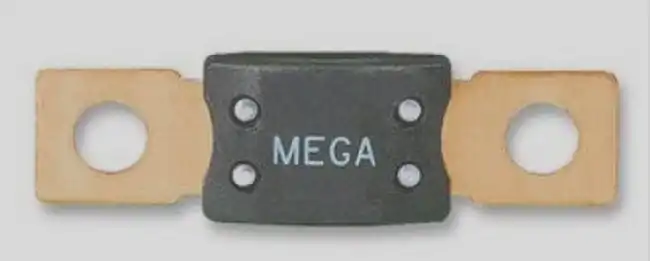
Defining Current Ratings
A fuse’s current rating signifies how many sustained amps can flow through safely without sacrificing itself to protect downstream gear. The rating must exceed the devices’ normal draw, while still tripping during abnormal overloads way before causing meltdowns or fires. Think of minimum circuit breaker requirements when sizing appropriately.
Midi fuses range from as low as 30 amps to as high as 200 amps. But typically it ranges from around 60 up to around 150 amps. Its 32V (for ≤ 24V systems) range within 60-200A and 58V (for ≤ 48V systems) range within 30-100A.
Mega fuse ratings often start from around 100 amps and can go up to several hundred amperes. For example, it can span 125-500 amps capacities common for high-output solar equipment. Its 32V ((for ≤ 24V systems) range within 60-500A and 58V (for ≤ 48V systems) range within 125-300A.
NOTE: All of their interrupting rating is 2000A.
Choosing too high a rating risks equipment damage from sustained overloads. But too low triggers premature blowouts during normal operation.
Physical Size and Mounting
Beyond current ratings, midi and mega fuses differ significantly in physical proportions dictated by their capabilities to resist thousands of amps of fault currents:
Midi Fuses occupy compact footprints allowing high-density panel mounting. Their limited body mass cannot absorb truly extreme faults, however.
Mega Fuses are considerably larger and heftier, with robust internals quenching arcs from kiloamp range faults in high-power systems. Their sheer physicality allows them to manage immense solar currents.
These dimensional differences mean midi and mega variants CANNOT be interchanged in fuse blocks. Always verify hardware compatibility before blindly swapping undisclosed fuses!
Cost and Applications
Their construction also affects pricing. More massively built mega fuses cost substantially more than diminutive midi alternatives at the same ratings. However, that superior resilience equates to enhanced safety.
Midi Fuses strike an economical balance for branch circuits like:
a) Modest solar water pumps
b) Small DC-AC inverter systems
c) Individual PV panel/battery banks
d) Accessory outlets
Mega Fuses make financial sense in protecting vital equipment like:
a) Whole home grid-tied inverters
b) Large solar well pumps
c) Main battery bank interconnects
d) Major dedicated appliance panels
Interchangeability Can Be Dangerous
While midi and mega fuses may visually seem similar and even use standard sizing like ATC blade profiles, their distinct dimensional and electrical specs mean precise variants CANNOT be swapped randomly.
Always verify manufacturer fuse compatibility specs before interchanging or replacing existing fuses in solar equipment! An incorrectly sized unit could fail to properly protect gear or nuisance trips during normal operation.
Likewise, never alter fuse ratings without consulting equipment documentation to avoid overload hazards. Install properly rated fuses matched to solar components explicitly upon initial installation for optimal safety.
Key Differences Between Midi and Mega Fuses
Before continuing, let’s recap how midi and mega fuses differ across some key properties:
| Property | Midi Fuse | Mega Fuse |
| Typical Current Rating Range | 30 to 200 amps | 100 to several hundred amps |
| Physical Size | Compact | Larger, more massive |
| Typical Cost Per Amp | Lower | Higher unitary cost |
| Fault Tolerance | Moderate | Very high for large faults |
| Common Solar Applications | Smaller branches | Main PV combiners, pumps |
| Interchangeable? | Never – Verify specific variants | Never – Verify specific variants |
To summarize,
– Midi fuses occupy smaller, more affordable niches optimally protecting lower-current branches
– Mega fuses handle immense solar currents and violent faults but cost proportionally more
Consult the Pros!
DC electrical systems demand meticulous planning and accounting for all details. If feeling overwhelmed specifying suitable fuses yourself, don’t hesitate to retain a qualified solar designer or licensed electrician. They can perfectly match fuse types/ratings to your unique system needs for both enhanced safety and performance.
Key Takeaways
- Midi and mega fuses occupy distinct current rating tiers making each ideal for different PV loads
- Construction differences dictate mounting requirements and fault tolerance
- Interchangeability between specific midi/mega variants is NEVER guaranteed
- Improper fuses severely compromise safety. When in doubt, call the pros!
Stay tuned for a short FAQ section next addressing common myths about midi and mega fuses in further detail. And as always, don’t hesitate to knock me down below regarding solar-related fuse guidance for your system!
Related Questions
If a mega fuse is larger physically, is it automatically better?
Not necessarily! Oversized fuses can fail to protect circuits from gradual overload damage over time before blowing. Correct ratings are crucial.
Can I replace a burnt-out midi fuse with any other midi fuse?
Never assume interchangeability, even with the same fuse class. Verify replacement fuses EXACTLY match damaged fuse specs for voltage/capacity/type per the equipment documentation.
Is it safe to install one large fuse rather than multiple smaller ones?
While possible, single massively-rated fuses provide less tailored protection for individual circuits. Use properly-sized branch circuit fuses to isolate faults and prevent full system shutdowns.

